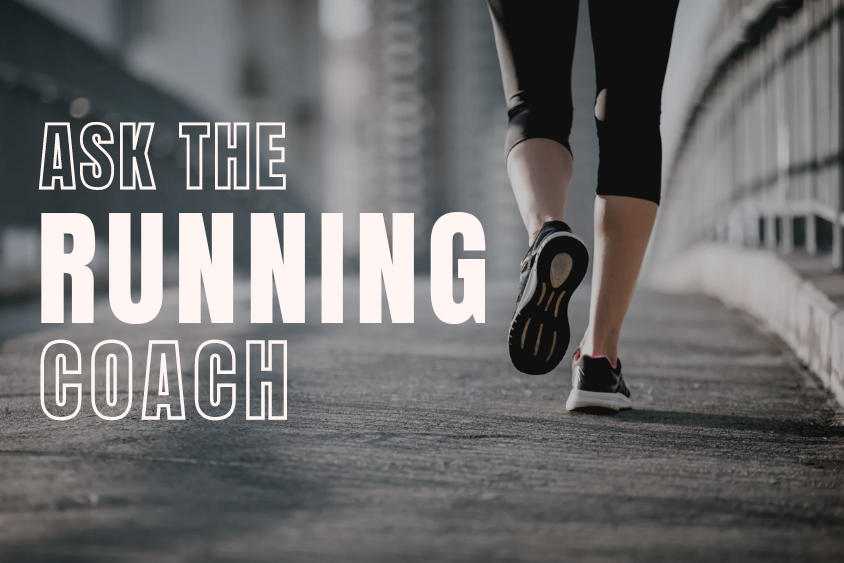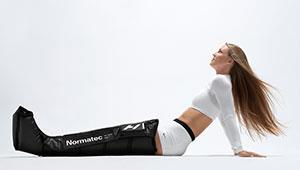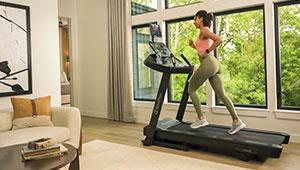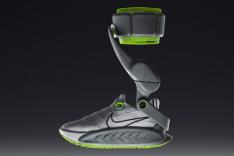
Our Certified Run Coach, Josh Janicek, addresses your burning questions! If you've ever had a question you've been dying to ask, now's your chance. Submit your queries through our Google form [here] for consideration. While we aim to make this series fun, our goal is to provide you with valuable insights. Please note that not all questions may be answered, and for medical advice, consult your healthcare professional, not from ACTIVE or Josh.
About Our Running Coach: Josh Janicek is a Road Runners Club of America Certified Run Coach based out of Austin, TX. He is a 7-time Boston Marathon qualifier, founder of an Austin-based run club and training group, and actively coaches athletes ranging from those who are new to running to competitive marathoners.
Why Trust Us?
ACTIVE.com's editorial team relies on the knowledge and experience of fitness and wellness experts including competitive athletes, coaches, physical therapists, nutritionists, and certified trainers. This helps us ensure the products we feature are of the highest standard. Collectively, the team has spent countless hours researching equipment, gear, and recovery tools in order to create the most accurate, authentic content for our readers. Customer satisfaction is also a key part of our review process, which is why we only feature products that are highly rated.
Let's dive in and get those questions answered!
Question #1: At this moment I am in training for a half marathon in July. After that one, I’d like to run another one in November and the next one in February (already signed up for that one). How do I stay in half marathon shape in between races? Do I need to run a 13.1 (or more) run every other week or what is the best way? Thank you so much!
Coach Josh: I think it’s fantastic that you’re already signed up for some races and have set some goals for yourself. Without my knowing if you have any specific goals for your half marathons, I’d say the best way to stay in half marathon shape between races would be:
- Properly recover after your first half marathon in July. Give your body the adequate time to repair itself, especially in the days just after the race. Recovery is different for different people. For some, recovery could mean no strenuous physical activity for some days after a race. For others it could include an easy recovery run the day after the race.
- Assuming all systems are go and you’ve no injuries or pain, ease back into running and any other physical activities and training that you enjoy.
- Listen to your body. You’ve plenty of time between July and November, so there’s no reason to jump back into big mileage or intense run workouts.
- Settle back into some kind of weekly base mileage, and then just go out and run for the enjoyment of it. Don’t look at your watch. Don’t worry about your pace or your splits. Just run how you feel on any given run day.
- Since you'll already have a solid half marathon training base, give yourself 8-12 weeks to build up again in your half marathon training. A key component of run training is *slowly* building up, backing down, and building up again. You want to avoid staying in a perpetual peak training microcycle of a run training plan (i.e. running 13.1 miles every other week) as that can lead to injury and/or burnout.
- Consider joining a run group or working with a coach to get different perspectives and incorporate different types of runs and run workouts.
Have fun in your training and at the half marathons this year.
Question #2: Mixing heart rate zones in a single run. I've read about the benefits of zone 2 running and I recently did 3 months exclusively zone 2. Now I do a long run with an hour+ of zone 2 at the beginning, followed by over an hour in zone 3-4. I also do an interval run that starts with 45 minutes in zone 2 and then I do 4x4 intervals in zone 4, touching zone 5, followed by an hour in zone 3. Am I getting nay zone 2 benefits (mitochodrial reconfiguration)? Would I be better off concentrating on one zone each run? I have not bee able to find detailed info on what happens physiologically when you mix zones anywhere on the internet. Thanks
Coach Josh: There are benefits to mixing heart rate zones in a single run. For one, this could simulate race conditions such as having to climb a hill mid-race or muster a kick at the end for a PR, podium spot, or a glorious finish line photo.
It’s not to say that you’d be better off concentrating on one zone each run, but that’s generally how I structure my own runs as well as the athletes that I work with. As my friend Randy Accetta once told me, “every run has a purpose.” Most (80-90%) of my prescribed runs are zone 2 (slow, easy, conversational) with other runs built into a cycle for specific purposes, such as strength and speed where you’ll get into those higher heart rate zones.
Shifting zones during a longer run does have its benefits. This can be measured in different ways, such as heart rate, pace, or effort. Picking up the pace midway or towards the end of a long run teaches your body and brain to dig when they’re tired. And backing down into a prescribed pace, or something like a zone 2 heart rate teaches your legs to settle back into cadence and your body to go into active recovery after a bout of harder effort.
Question #3: I want to get back to running. Haven’t been consistently running for the past few years. I would run off and on. Have been a runner for over 20 yrs. How do I do this without injuring myself? I have a bad habit of thinking I can still (or should be able to) run at a 6 min/km pace.
Coach Josh: The key to getting back into running is accepting where you are presently and starting there. Believe me, I know how hard it is to think we can just jump back into our former speed and ability. To be short and direct about it: start slow, and remember those days 20+ years ago when you first started running and how everything was new to you then. Revel in those new experiences again. Remind yourself of how much more of your surroundings you get to experience with your senses when you’re on foot.
Slowly ease back into running. Start with a run/walk methodology where you run for a specified amount of time and then walk for a specified amount of time. Experiment with your run/walk ratio to find what works best for you. I recommend either a 60 seconds/30 seconds or a 90 seconds/30 seconds run/walk ratio. And start out with a time-based goal. For example, on day one, go out for a 60/30 run/walk for 20 minutes, and then slowly increase your duration over the course of a few weeks. And then you can continue to experiment with your run/walk ratio as well as your goals. You can start introducing distance-based as well as time-based goals. You can also use technology to help you out with a plan. A helpful example is ACTIVE.com’s Couch to 5K® mobile app and training plan. Once you start getting your legs underneath you again, plan to run/walk a 5k or an 8k. And then change it up and make a goal for yourself to run/walk for an hour. Listen to your body and if you’re ready, start omitting the walk intervals. Remember to be patient with yourself. Give yourself grace. Don’t chase your former younger self. As you increase your cardiovascular fitness and stamina, slowly start phasing in increasing your pace. You can do this by gradual picking up the pace on your runs, or introducing run workouts such as intervals and tempo runs.
But remember: accept where you are right now and start there. Don’t get ahead of yourself. Runners can be a stubborn breed. Don’t be that runner.
Submit your queries through our Google form [here] for consideration.
Check Out The Latest Nike Running Shoe Deals on Amazon
By clicking on the product links in this article, we may receive a commission fee at no cost to you, the reader. Sponsorships and affiliate commissions help support our research so we can help you find the best products. Read full affiliate disclosure here.
About the Author

Stephen is the editor-in-chief of ACTIVE.com. He has been involved in the fitness industry for over twelve years but has been running or playing sports for most of his life.
Get ACTIVE on the Go


Couch to 5K®
The best way to get new runners off the couch and across the finish line of their first 5K.
Available for iOS | Android







Discuss This Article